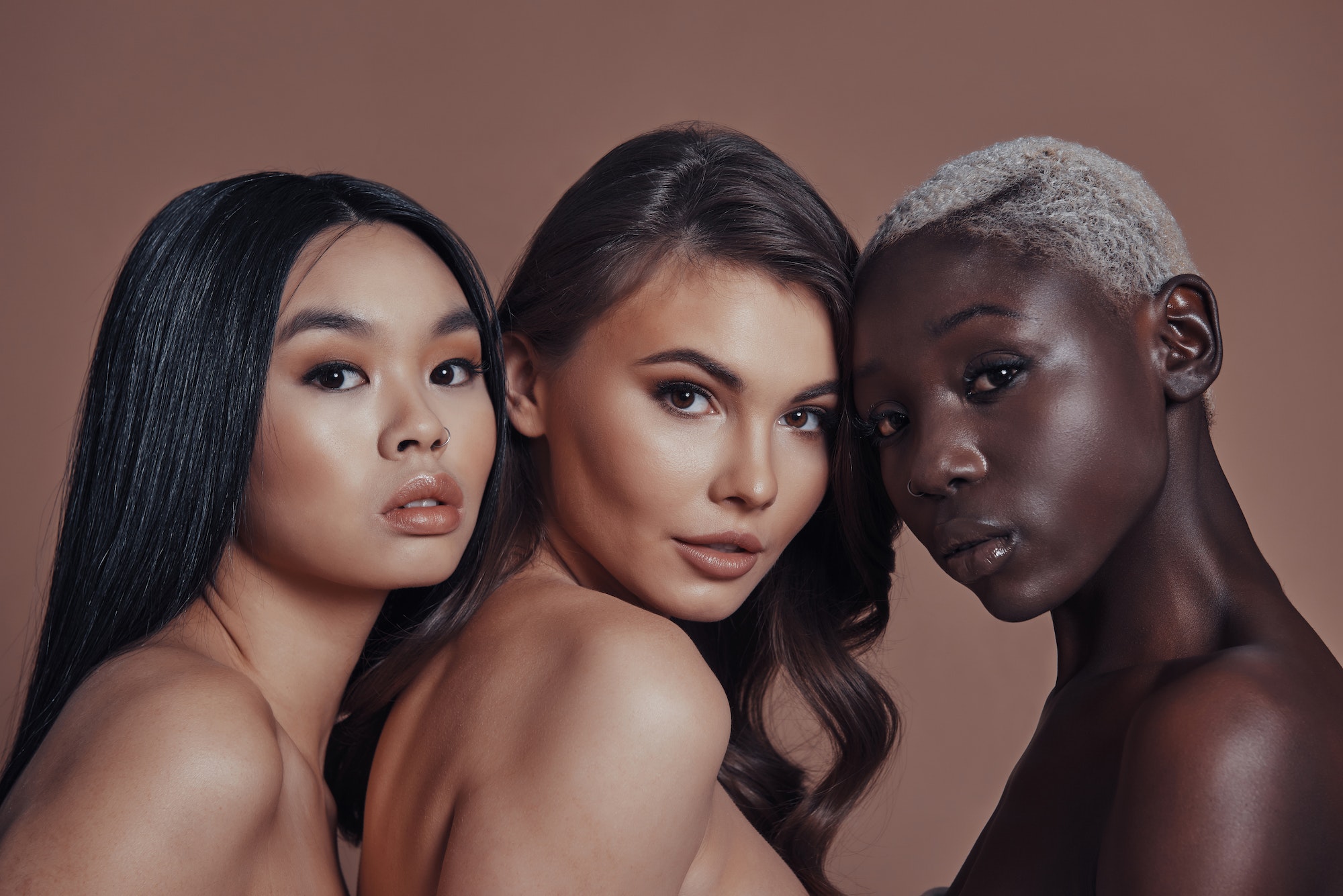3 Content Marketing Strategies for Beauty Brands
August 9, 2022
Recent Posts
Categories

Standing Out in a Saturated Market
The beauty industry is hands down one of the most lucrative sectors. According to Fortune Business Insights, the global market for the beauty and cosmetics industry was worth $277.67 billion in 2020 and is expected to increase to $415.29 billion by 2028.
As you can see, this is a pretty saturated market! Therefore, it can be challenging for upcoming and less established brands to find their breakthrough. But since the industry has enormous growth potential, every brand has a fair chance to get a piece of the pie.
Brands must be trustworthy and credible and have effective marketing strategies to stay ahead of their competition. This article will cover the top three content marketing strategies that beauty brands can utilize.
Compelling Content Marketing Strategies for Brands in the Beauty Industry
A couple of years back, the growth of the beauty industry relied on brick motor sales. But as customers continue embracing digital shopping, online sales have become a major revenue driver. Content marketing has mainly fueled sales in the eCommerce sector.
Content marketing extends far beyond paid advertisements and page descriptions on the product page. It entails target marketing at various stages of the consumer’s buying journey. And if a brand does it well, it can expand its audience, strengthen its reputation and ultimately generate more revenue.
1. Start by Creating SEO-Friendly Beauty Content
Customers rely heavily on Google throughout their buying journey. Being visible starts with understanding potentially what your target audience would be interested in as they look for answers online. Start by conducting keyword research. Publish your content, then optimize it using these keywords so that it appears throughout the buying funnel.
Holistic SEO strategies go beyond the services and products page. Create content on topics that your prospective buyers will find informative and educational. On top of that, optimize your visual content for increased engagement. The best thing about SEO-friendly content is that it exposes you to the right people when they are more receptive.
2. Choose Different Content Distribution Channels
Effective content marketing for beauty brands utilizes multiple content distribution channels. With the oversaturation of content on the internet, you won’t achieve brand loyalty by placing all your eggs in one basket. Explore different social media channels and networking sites to reach your target audience. That includes:
- YouTube, Instagram, Facebook, Twitter, & TikTok
- Ecommerce Websites
- Blogs
- Third-party websites
- Influencer marketing
- Sponsored content
- Podcasts
- Email, among others.
Less savvy or extremely busy entrepreneurs may even consider hiring a social media management agency to assist in distributing their brand across these channels.
Beauty brands can also expand their reach by utilizing partnerships and collaborations with reputable brands in other tangible industries like fashion and hotel business. When potential customers see your products in their favorite hotel rooms or spas, that will further solidify your reputation and boost your consumers’ trust in your brand.
3. Utilize User-Generated Content (UGC) and Reviews
Both big and small beauty brands can also take advantage of reviews and content generated by users to foster trust. Potential customers find such content more authentic as its created by real customers and not the brand itself.
They show actual consumers have bought, used, and enjoyed your products, solidifying your messaging. Evidence of real people enjoying your products and services portrays your brand as reputable and trustworthy to potential customers.
In Summary
Every beauty brand and business out there is competing for consumers’ attention. Their success relies heavily on marketing tools that allow them to establish themselves as authentic, relevant, and engaging. Content marketing stands out as it isn’t as intrusive as a 15-second YouTube ad that gets in the way of consumers’ access to their content. Content marketing is more like a conversation that meets audiences on their terms. It listens to what customers want and responds in real-time.


